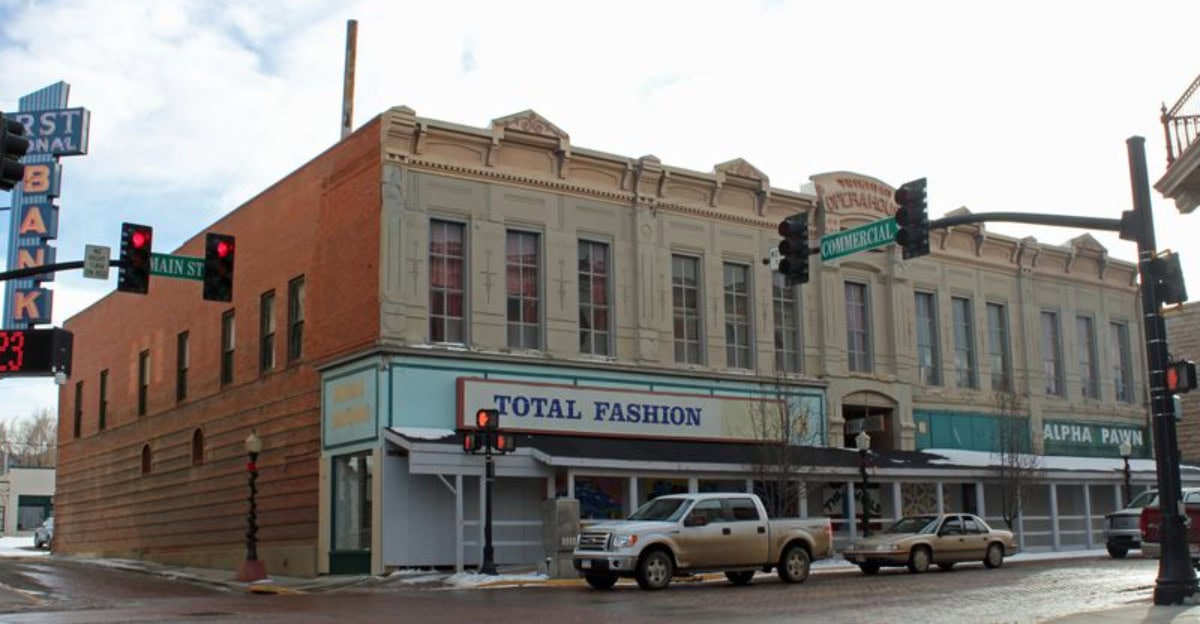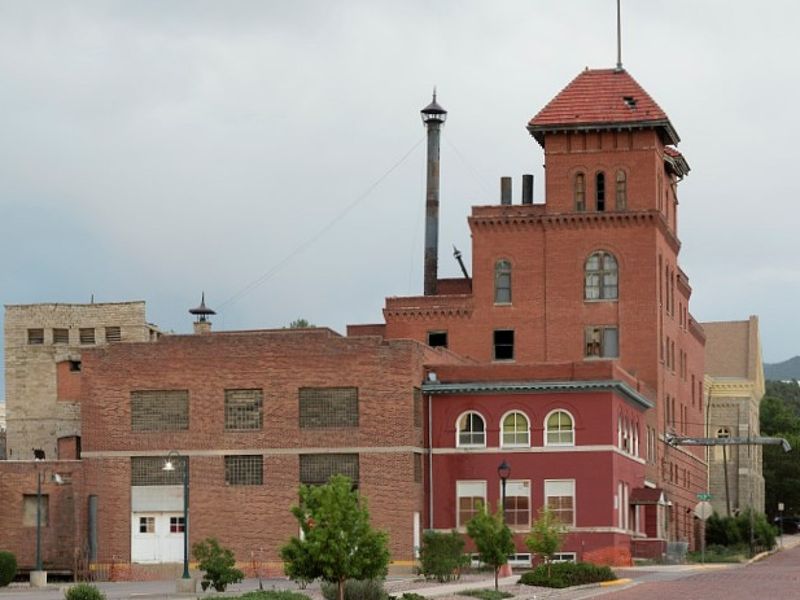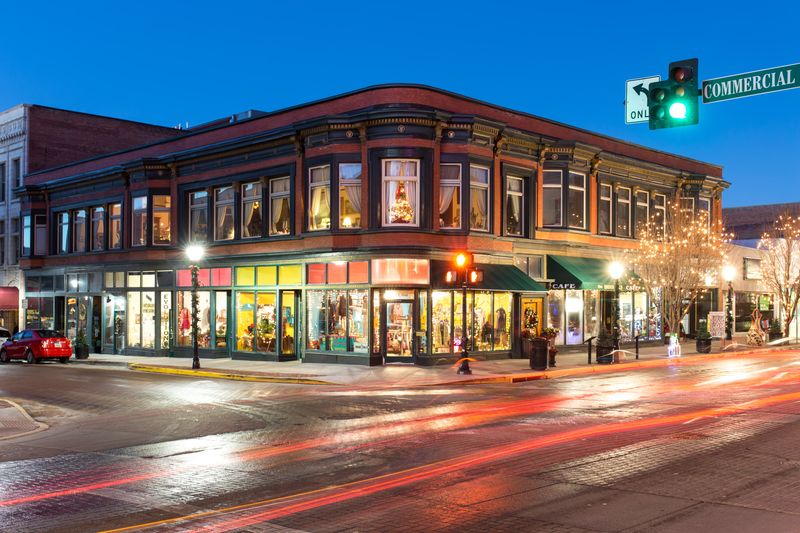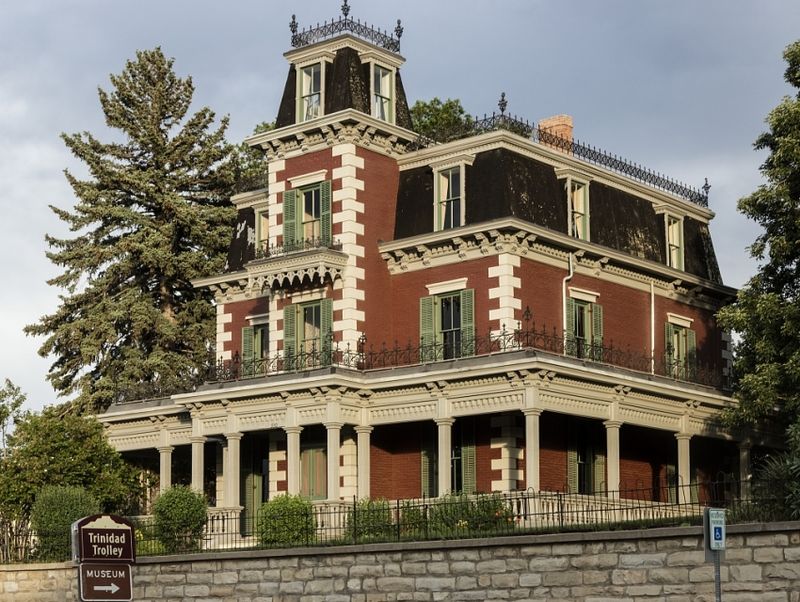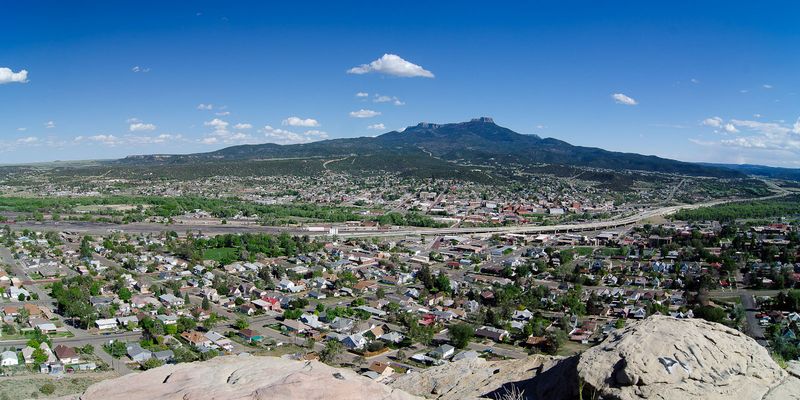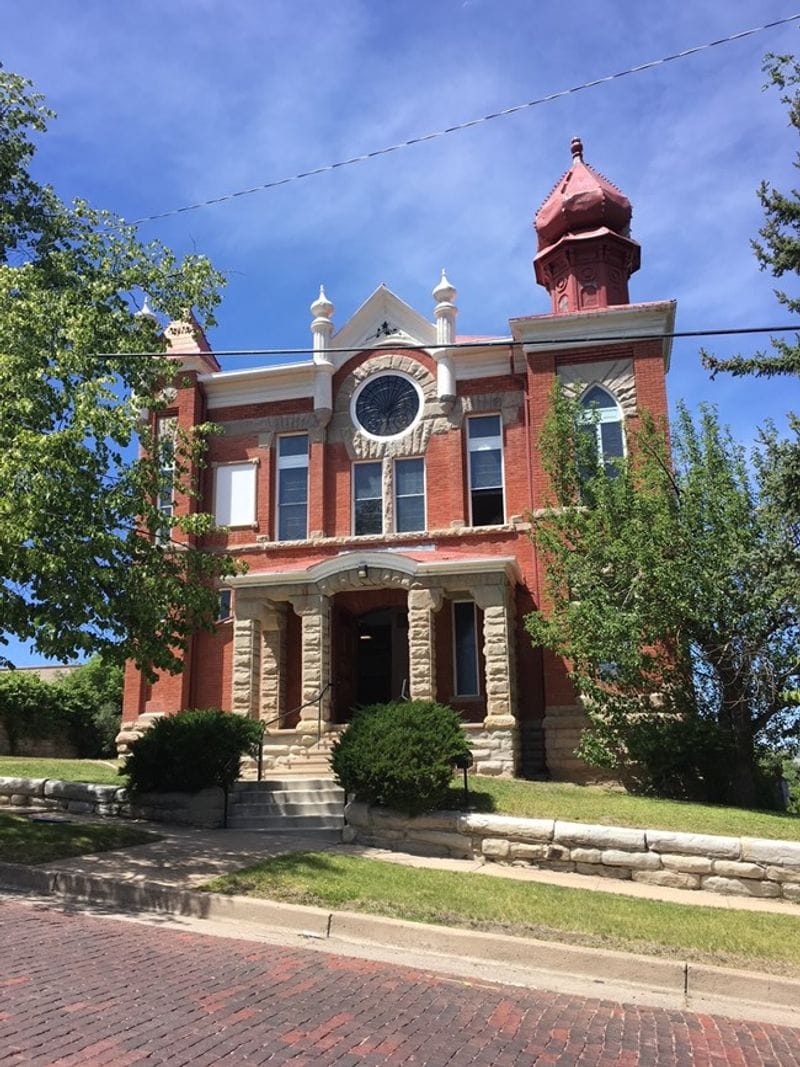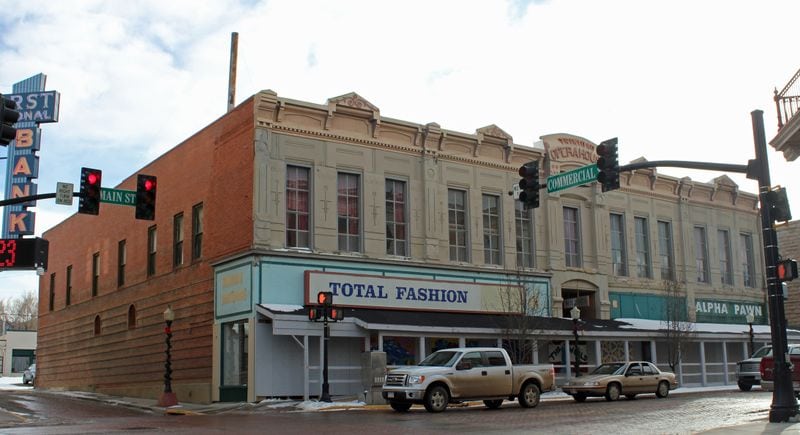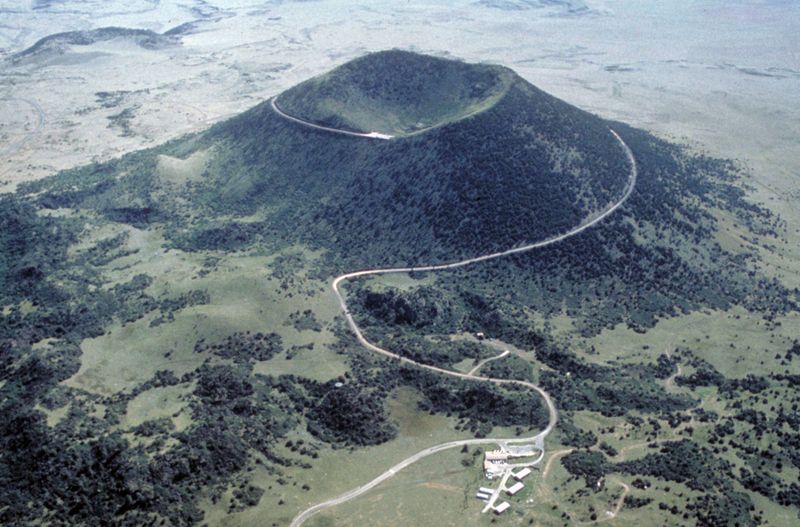Many travelers view Trinidad, Colorado as just another train stop on their journey west. This small town tucked into the foothills of the Sangre de Cristo Mountains holds surprises that can transform a brief layover into an unforgettable adventure. From historic architecture to artistic treasures, Trinidad offers experiences that rival Colorado’s more famous destinations.
1. Historic Train Depot Architecture
Built in 1878, Trinidad’s Amtrak depot stands as a magnificent example of Victorian railroad architecture. The red brick structure with its distinctive arched windows and ornate details tells the story of Colorado’s coal boom era.
Walking through this depot feels like stepping back in time to when steam engines carried fortune-seekers and settlers westward. The building’s careful preservation showcases intricate woodwork and period fixtures that modern stations simply can’t match.
Photography enthusiasts will find endless angles to capture this architectural gem, especially during golden hour when the brick facade glows warmly against the mountain backdrop.
2. Gateway to Highway of Legends
Step off the train and within minutes you’re at the starting point of Colorado’s most scenic drive. The Highway of Legends winds 82 miles through breathtaking landscapes, connecting Trinidad to Walsenburg via mountain passes and historic mining towns.
This route showcases the dramatic Spanish Peaks, ancient volcanic formations, and wildflower meadows that change with each season. Local legends speak of buried treasure and ghostly apparitions along this mystical roadway.
Car rental agencies near the depot make it easy to begin this adventure immediately after your train arrives, turning a simple stop into an epic mountain exploration.
3. Victorian Downtown Walking District
Trinidad’s downtown features over 40 preserved Victorian buildings connected by 6.5 miles of original brick streets. The El Corazon de Trinidad National Historic District creates an authentic 1880s atmosphere that modern developments can’t replicate.
Ornate iron balconies, decorative cornices, and period storefronts line Commercial Street, housing unique shops and local eateries. Each building tells stories of cattle barons, coal miners, and railroad tycoons who shaped this frontier town.
Free walking tour maps available at the depot guide visitors through architectural highlights, making it easy to explore during train layovers or extended stays.
4. Trinidad History Museum Complex
Three distinct buildings showcase different eras of Trinidad’s fascinating past. The Santa Fe Trail Museum, Baca House, and Bloom Mansion each offer unique perspectives on frontier life, from humble beginnings to frontier wealth.
The Baca House represents typical Hispanic family life in territorial Colorado, while the Bloom Mansion displays the opulent lifestyle of successful merchants. Period furnishings and artifacts bring each era to vivid life.
Guided tours reveal stories of the Santa Fe Trail, coal mining fortunes, and cultural diversity that shaped this crossroads community into a unique blend of cultures and traditions.
5. Simpson’s Rest Panoramic Views
A short drive from downtown leads to Trinidad’s most spectacular viewpoint. Simpson’s Rest offers sweeping panoramas of the entire Purgatoire River valley, with the Spanish Peaks dominating the western horizon.
This hilltop monument honors explorer George Simpson and frontiersman “Uncle Dick” Wootton, whose toll road once brought travelers through Raton Pass. Historical markers explain their contributions to regional development.
Sunrise and sunset visits provide the most dramatic lighting for photography, while clear days reveal mountain ranges stretching into New Mexico. The peaceful setting makes it perfect for reflection and planning your next adventure.
6. Temple Aaron Historic Synagogue
Completed in 1889, Temple Aaron represents one of Colorado’s oldest synagogues and showcases stunning Moorish Revival architecture. Its recent designation as a National Historic Landmark recognizes its cultural and architectural significance.
The building’s distinctive onion domes and intricate stonework reflect the prosperity of Trinidad’s early Jewish merchants. Inside, original fixtures and stained glass windows create an atmosphere of timeless reverence.
Guided tours reveal stories of religious tolerance and cultural diversity that characterized frontier Trinidad, where different faiths coexisted peacefully in this remote mountain community.
7. Jaffa Opera House Cultural Heritage
Built in 1883, the Jaffa Opera House exemplifies High Victorian Italianate architecture while serving as Trinidad’s cultural heartbeat for over 140 years. Its ornate facade and preserved interior transport visitors to the golden age of frontier entertainment.
Famous performers once graced this stage, bringing culture and sophistication to mining camp audiences hungry for refinement. Today, community theater productions and concerts continue this artistic tradition.
The building’s architectural details, from decorative brackets to arched windows, showcase the craftsmanship that frontier builders brought to even remote locations, proving that culture followed commerce westward.
8. Capulin Volcano Day Trip
Just 50 miles from Trinidad lies Capulin Volcano National Monument, an extinct cinder cone offering unique geological adventures. The volcano’s perfect symmetrical shape rises dramatically from the surrounding plains like nature’s own monument.
A spiral road leads to the crater rim, where hiking trails provide spectacular views across four states. The volcanic landscape tells stories of ancient eruptions that shaped this dramatic terrain thousands of years ago.
Wildlife viewing opportunities abound, with elk, deer, and numerous bird species thriving in this protected environment. The visitor center explains volcanic processes through interactive exhibits and educational programs.
9. Ludlow Massacre Memorial Site
Fifteen miles north of Trinidad, the Ludlow Monument commemorates one of American labor history’s most significant events. In 1914, striking coal miners and their families faced off against the Colorado National Guard in a confrontation that changed labor relations forever.
Reconstructed tent camps and interpretive panels tell the story of families who lived in these temporary shelters while fighting for workers’ rights. The memorial honors those who died in the struggle for fair wages and safe working conditions.
This powerful site connects visitors to broader themes of social justice and workers’ rights, making Trinidad a destination for those interested in understanding America’s complex labor history.
